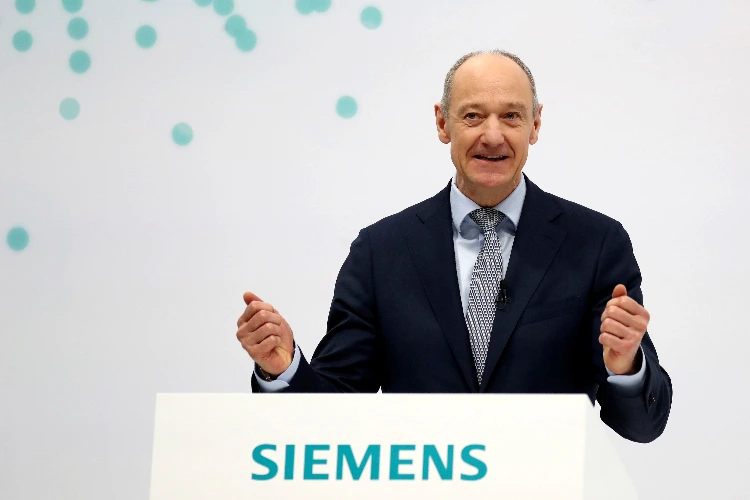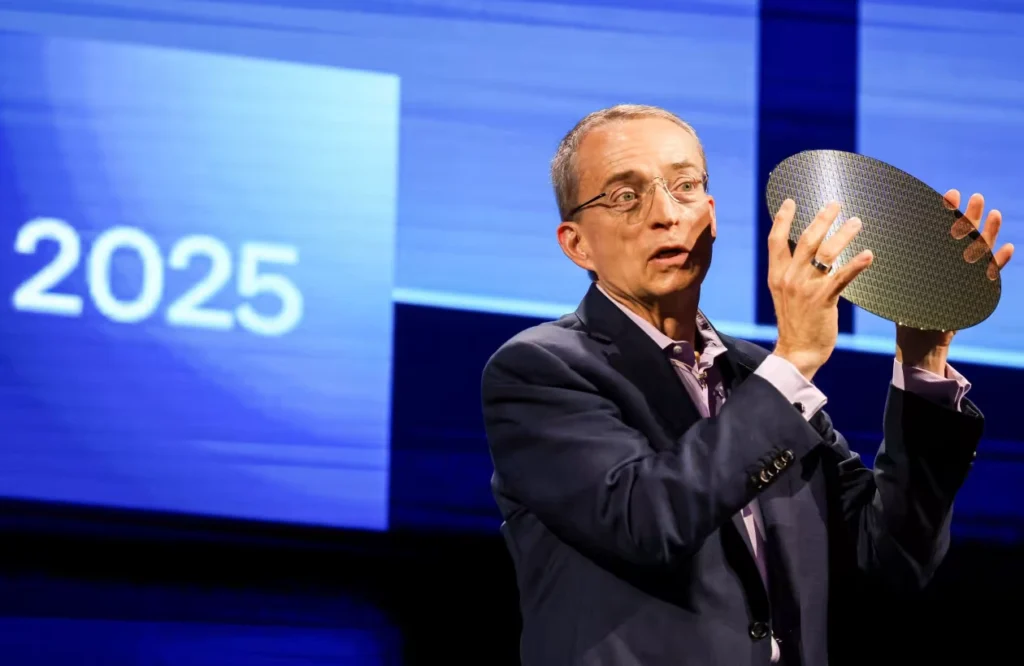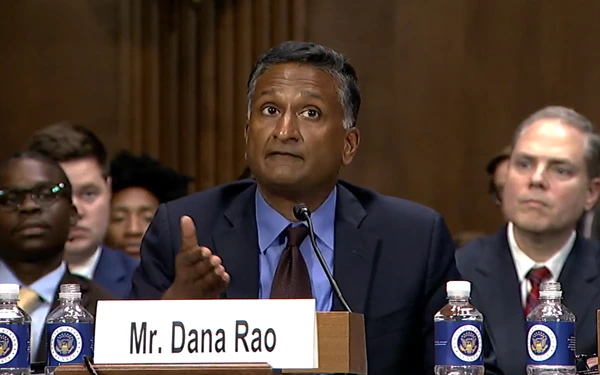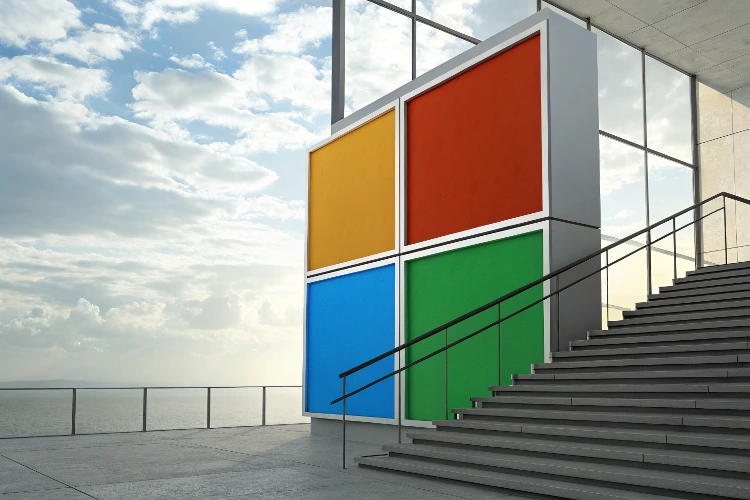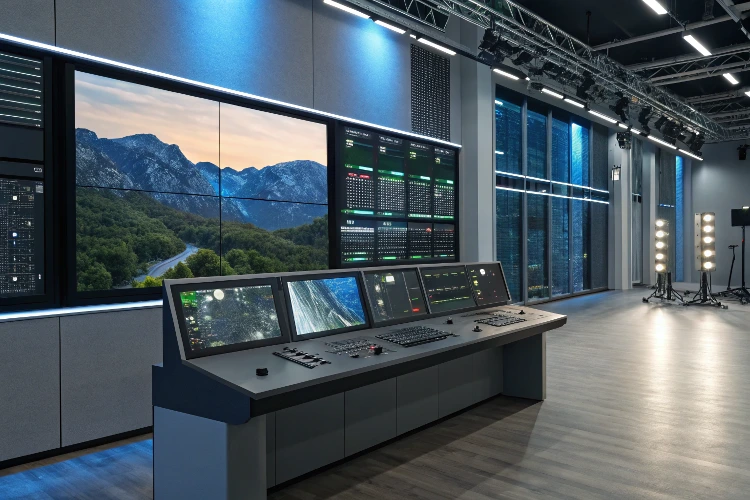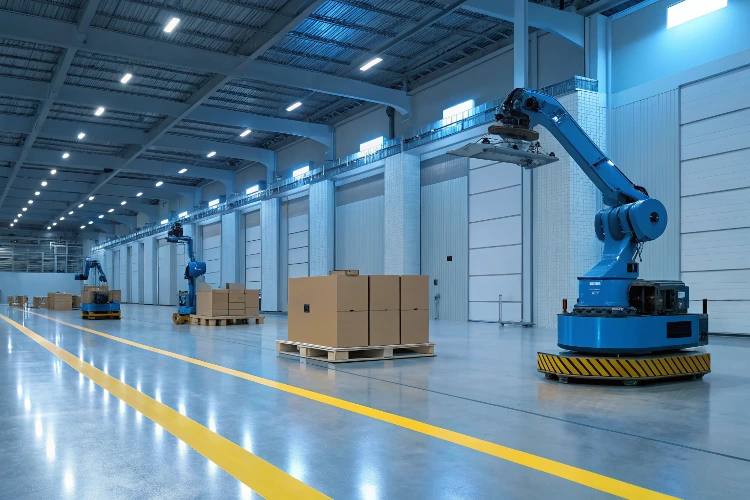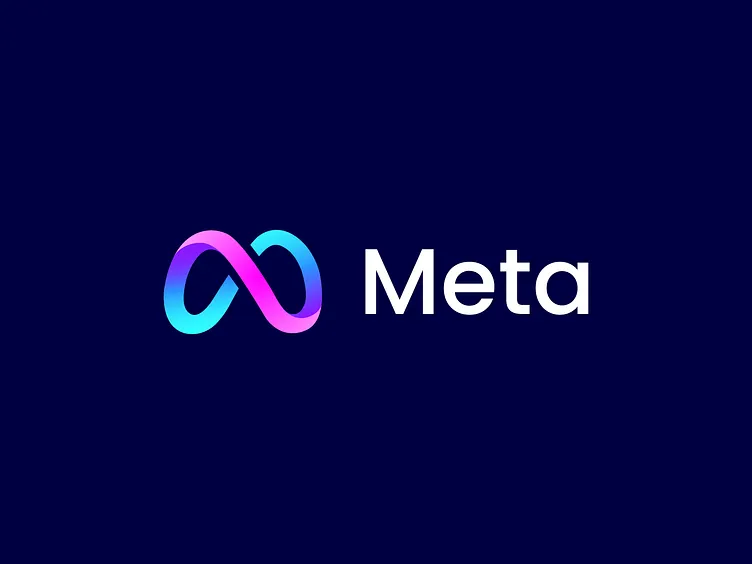Dell Technologies Elevates COO to Lead Global Operations
Dell Technologies Elevates COO to Lead Global Operations Dell Technologies has announced the promotion of its Chief Operating Officer to oversee worldwide operations, reinforcing the company’s commitment to operational excellence amid rapid technological shifts and supply chain complexity. Strengthening Execution Across a Global Landscape The move places the COO—[Insert Executive Name, if known]—at the helm of Dell’s end-to-end operations, including manufacturing, logistics, procurement, customer fulfillment, and supply chain transformation. The executive will now lead initiatives to streamline global delivery systems, accelerate innovation timelines, and ensure resiliency in a dynamic market environment. According to Dell, this leadership change is designed to align operational strategy more closely with its multi-cloud, AI infrastructure, and edge computing roadmap. Operational Agility in the Age of AI and Digital Infrastructure With customers increasingly demanding faster deployment, flexible compute options, and sustainable practices, Dell is doubling down on operational agility. The newly elevated operations chief will focus on: Global supply chain optimization and regionalization strategies AI-driven logistics and inventory forecasting Sustainable product lifecycle management Vendor diversification and geo-political risk mitigation This aligns with Dell’s broader vision of delivering as-a-service infrastructure models, such as Apex, and deploying AI-ready hardware and cloud-native systems at scale. Leadership Continuity with a Strategic Edge The elevation also reflects Dell’s focus on leadership continuity, ensuring operational strategy is deeply integrated with go-to-market functions and product innovation cycles. The new global operations head has played a central role in Dell’s post-pandemic supply chain stabilization, ESG progress, and global expansion efforts—bringing proven experience to a larger mandate. Michael Dell, Chairman and CEO, stated, “This appointment ensures we continue executing with precision and scale. As our customers transform, so must we—operationally, culturally, and strategically.” Operational Innovation as a Differentiator Dell’s global operations arm has historically been one of its strongest differentiators—enabling just-in-time manufacturing, rapid product customization, and competitive pricing across both enterprise and consumer segments. By expanding the COO’s authority, Dell aims to unlock new efficiencies and position itself as a leader in sustainable, intelligent operations—especially as AI workloads and hybrid cloud deployments reshape IT infrastructure demand.


